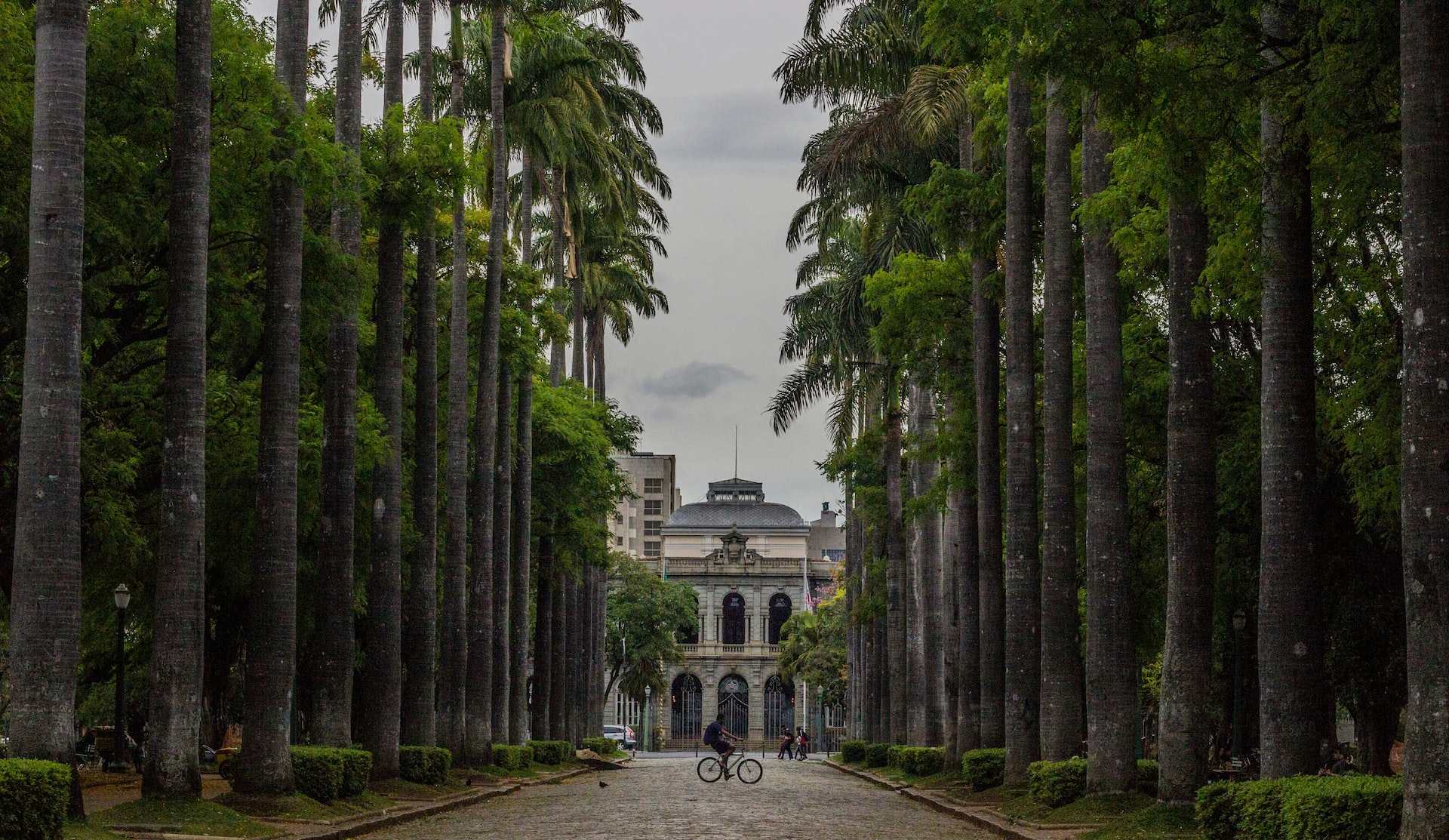Beijing weather is a topic of great interest to both locals and tourists alike. The city, which is the capital of China and one of the most populous in the world, experiences a variety of weather conditions throughout the year. From scorching summers to freezing winters, Beijing weather can be quite unpredictable. The city is located in the northeastern part of China, which means it has a continental climate characterized by hot summers and cold winters.
One of the most notable things about Beijing weather is the city’s infamous sandstorms. These occur mainly in the spring and are caused by strong winds blowing in from the desert regions of Inner Mongolia. The sandstorms can be quite severe, with visibility often reduced to just a few meters. They can also cause respiratory problems for those with allergies or asthma.
Another thing to be aware of when it comes to Beijing weather is the city’s high pollution levels. The pollution is caused by a combination of factors, including industrial emissions, vehicle exhaust, and the burning of coal for heating. The pollution can be particularly bad during the winter months, when the city’s residents rely heavily on coal for heating.
With all this in mind, it is important to plan ahead when visiting Beijing, especially if you have any health concerns. Below is a table of the average temperature and precipitation of Beijing weather by month.
| Month | Low (°C) | High (°C) | Low (°F) | High (°F) | Rain (%) |
|---|---|---|---|---|---|
| January | -8 | 1 | 17.6 | 33.8 | 40 |
| February | -6 | 3 | 21.2 | 37.4 | 35 |
| March | 1 | 10 | 33.8 | 50 | 50 |
| April | 8 | 17 | 46.4 | 62.6 | 60 |
| May | 13 | 22 | 55.4 | 71.6 | 70 |
| June | 17 | 27 | 62.6 | 80.6 | 70 |
| July | 20 | 30 | 68 | 86 | 75 |
| 20 | 30 | 68 | 86 | 75 | |
| September | 15 | 25 | 59 | 77 | 70 |
| October | 10 | 20 | 50 | 68 | 60 |
| November | 4 | 12 | 39.2 | 53.6 | 50 |
| December | -3 | 5 | 26.6 | 41 | 40 |
When it comes to deciding the best time to visit Beijing, it all comes down to what you want to see and do in the city. The summer months of June, July, and August can be quite hot and humid, but they are also when the city’s many parks and gardens are in full bloom. This is a great time to see the city’s famous cherry blossoms and other flowers. Additionally, many of the city’s outdoor activities such as the famous “Temple of Heaven” and “Summer Palace” are best enjoyed during this period.
The spring months of April and May can also be a good time to visit, as the weather is usually pleasant and the city is not as crowded as it is during the summer. However, be aware that sandstorms can occur during this time, so it’s important to check the forecast before you go.
The fall months of September and October are also a great time to visit, as the weather is cool and comfortable, and the city’s many trees are changing color. Additionally, this is a good time to see the city’s famous autumn foliage.
The winter months of November to February can be quite cold and dry, but it can also be a great time to visit if you want to see the city’s famous ice lantern festival or enjoy some winter sports. Additionally, the city’s many indoor attractions such as the “Forbidden City” and “National Museum” can be enjoyed without the crowds and heat of the summer months.
In conclusion, the best time to visit Beijing depends on what you want to see and do in the city. Each season has its own unique charm, and no matter when you go, there’s always something to see and do. Keep in mind the weather and the events you want to attend and make sure to check the forecast before you go. Additionally, pack accordingly and take necessary precautions if you have any health concerns.



